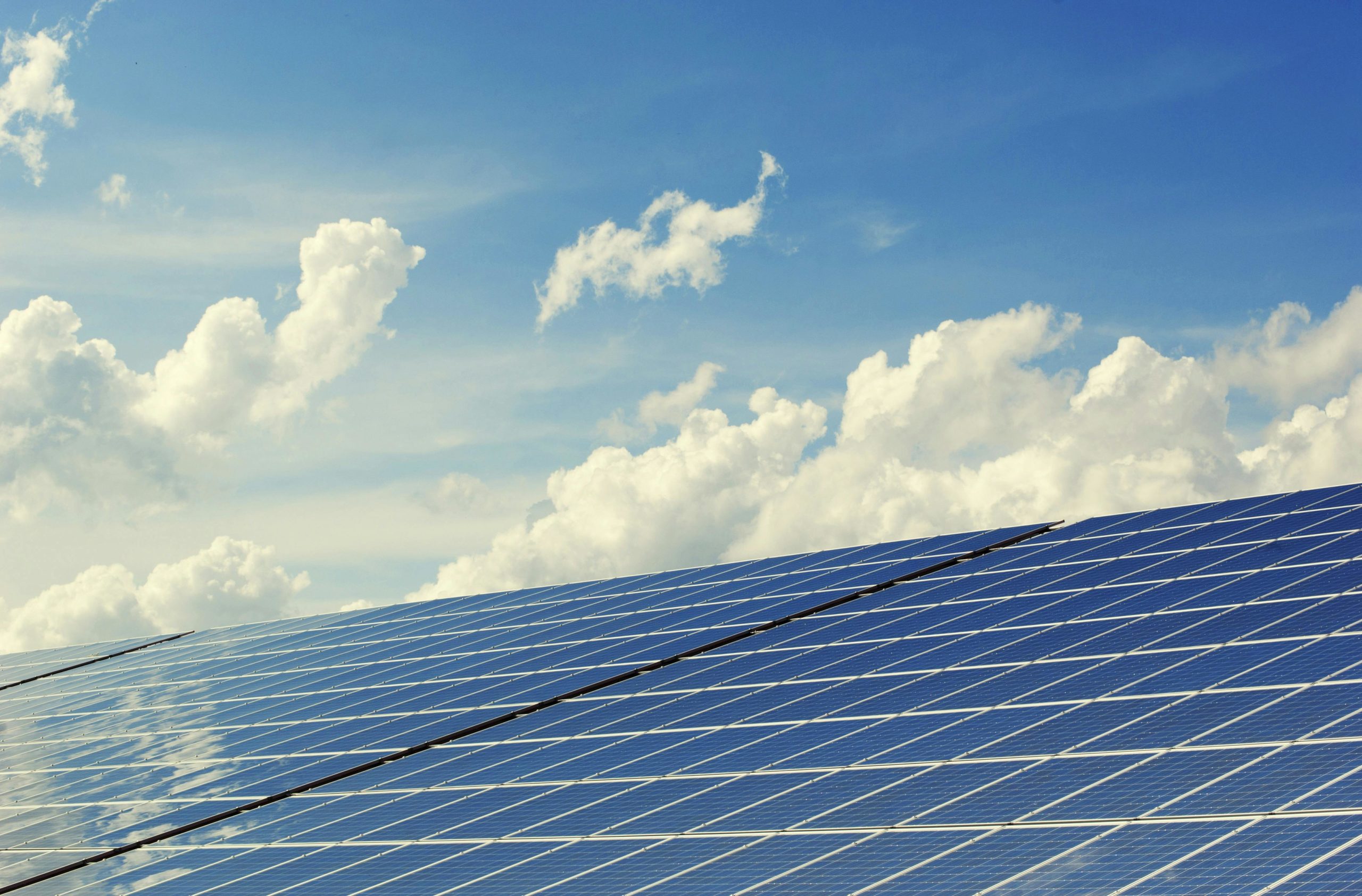Cape Town – Namibia’s aspirations to become a regional leader in renewable energy have received a $138.5 million boost.
In a first for the country, the World Bank is to fund the integration of renewable energy into the country’s electricity grid, reports ESI Africa.
The World Bank says the funding will help to build a second Auas–Kokerboom transmission line as well as develop Namibia’s second utility-scale battery energy storage system (BESS).
It will also provide assistance to utility NamPower to develop a set of bankable renewable energy projects, which will help the country to become self-sufficient in terms of energy production.
According to the Organisation of Economic Complexity, Namibia is in the world’s top 50 largest importers of electricity. In 2022, it reportedly imported $235 million worth of energy, mostly from Zambia, Zimbabwe and South Africa.
While it is an optimum location for renewable energy production, its installed renewable capacity makes up only 30% of its energy mix.
It hopes to change that with the World Bank funding.
“Namibia is a uniquely positioned regional leader in the transition towards a greener and more sustainable future,” says Satu Kahkonen, the bank’s country director for Namibia.
Engineering News reports that the new 465 km, 400-kV Auas-Kokerboom line will amp up NamPower’s north-south transmission capacity.
NamPower MD Kahenge Haulofu, NamPower Managing Director said the transmission line was key to its renewable energy plans and would promote regional electricity trading.
The 45MW/90MWh BESS project, meanwhile, will be sited at the Lithops substation in the Erongo region, which is central to the mining industry.
The World Bank believes the project, while minimising the risks of power cuts and supporting an expanding base of users, will also create future opportunities for power trade in the Southern African Power Pool.
Follow African Insider on Facebook, Twitter and Instagram
Picture: Pexels
For more African news, visit Africaninsider.com
Compiled by African Insider


